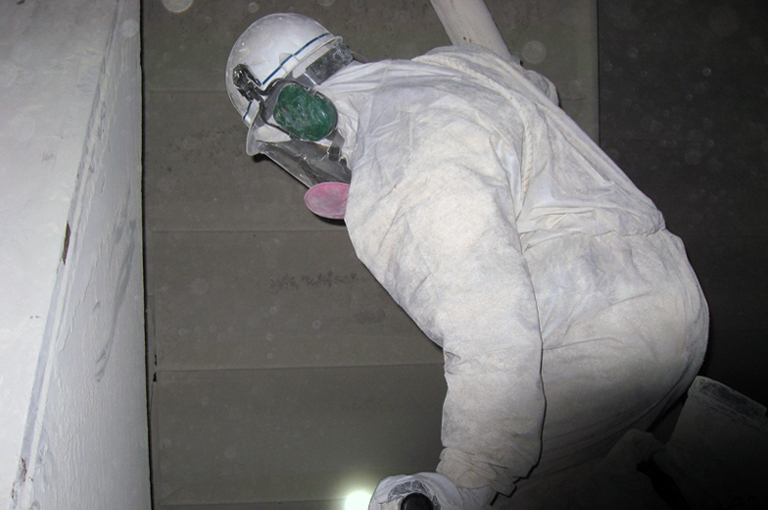Major Components: Gas Distribution Systems
One electrical field or bus section of an electrostatic precipitator is by itself an independent precipitator. Its operation is governed by the inlet gas and dust conditions, as well as the collecting plate and discharge electrode geometries.
Within this electrical field or bus section, one gas passage is also an independent precipitator – governed by the same factors. (Note that the gas passage shares the voltage level with the adjacent gas passages of the same electrical field or bus section, but not the corona current level, which can be different in each gas passage.)
This points to the importance of creating similar gas and dust conditions 1) at the inlet of each electrical field or bus section, and 2) further at the inlet of each gas passage of the electrical field or bus section. Ideally, uniformity is desired in:
- Gas velocity
- Gas temperature
- Dust loading
 Click to expand.Gas velocity distribution can be most effectively influenced by the use of gas distribution devices.
Click to expand.Gas velocity distribution can be most effectively influenced by the use of gas distribution devices.
The quality of gas velocity distribution can be measured in a scaled-down model of the precipitator and its ductwork, and also in the precipitator itself. Typical criteria are based on ICAC (Institute of Clean Air Companies) recommendations using average gas velocities or on a calculated RMS statistical representation of the gas velocity pattern.
In general, gas distribution devices consist of turning vanes in the inlet ductwork, and perforated gas distribution plates in the inlet and/or outlet fields of the precipitator.
Helpful Resources
KnowledgeBase: Gas Distribution Systems
KnowledgeBase: Improve Flow Distribution
KnowledgeBase: Introduction to ESP
Our Capabilities: Emissions Compliance Planning & Management
Our Capabilities: Gas Flow & Fluid Dynamics Modeling


